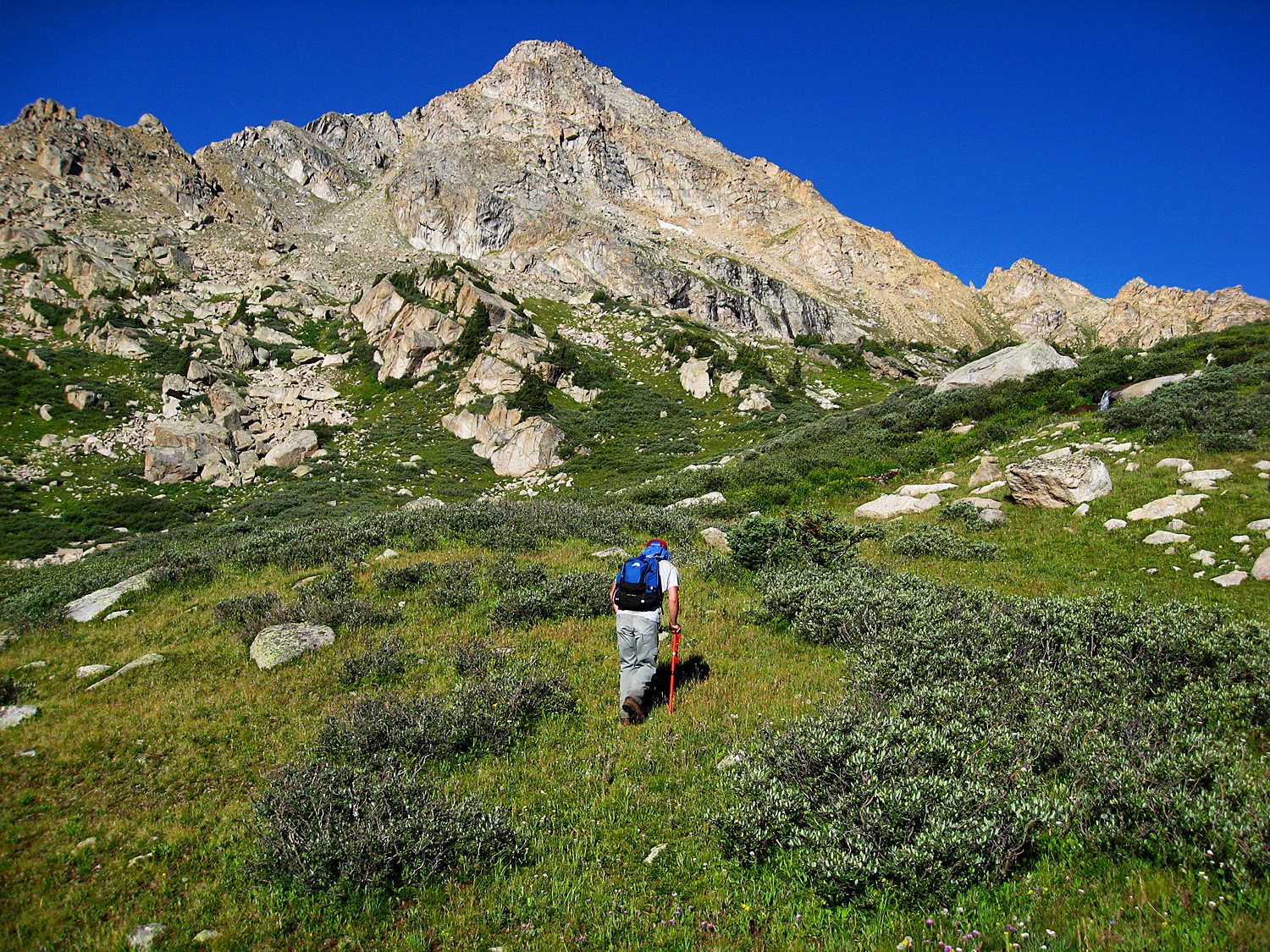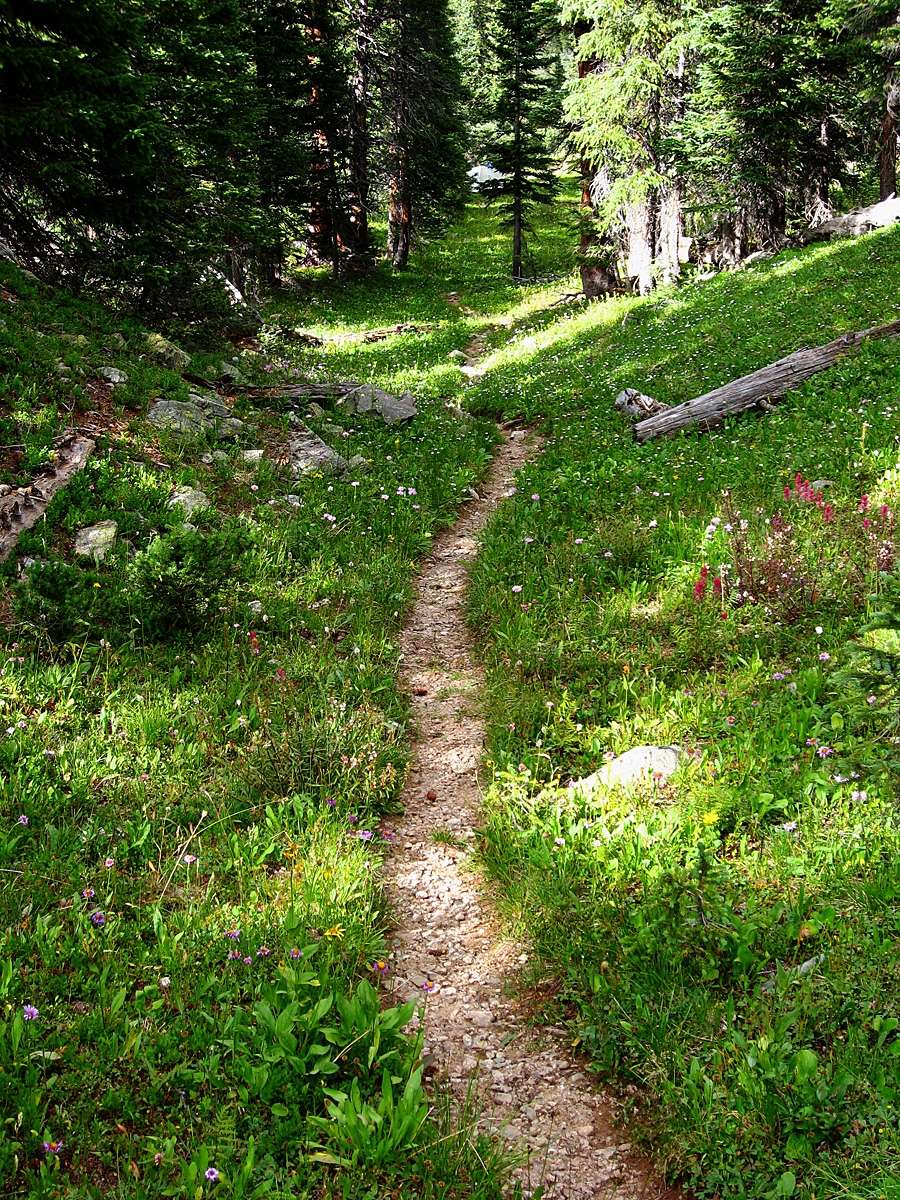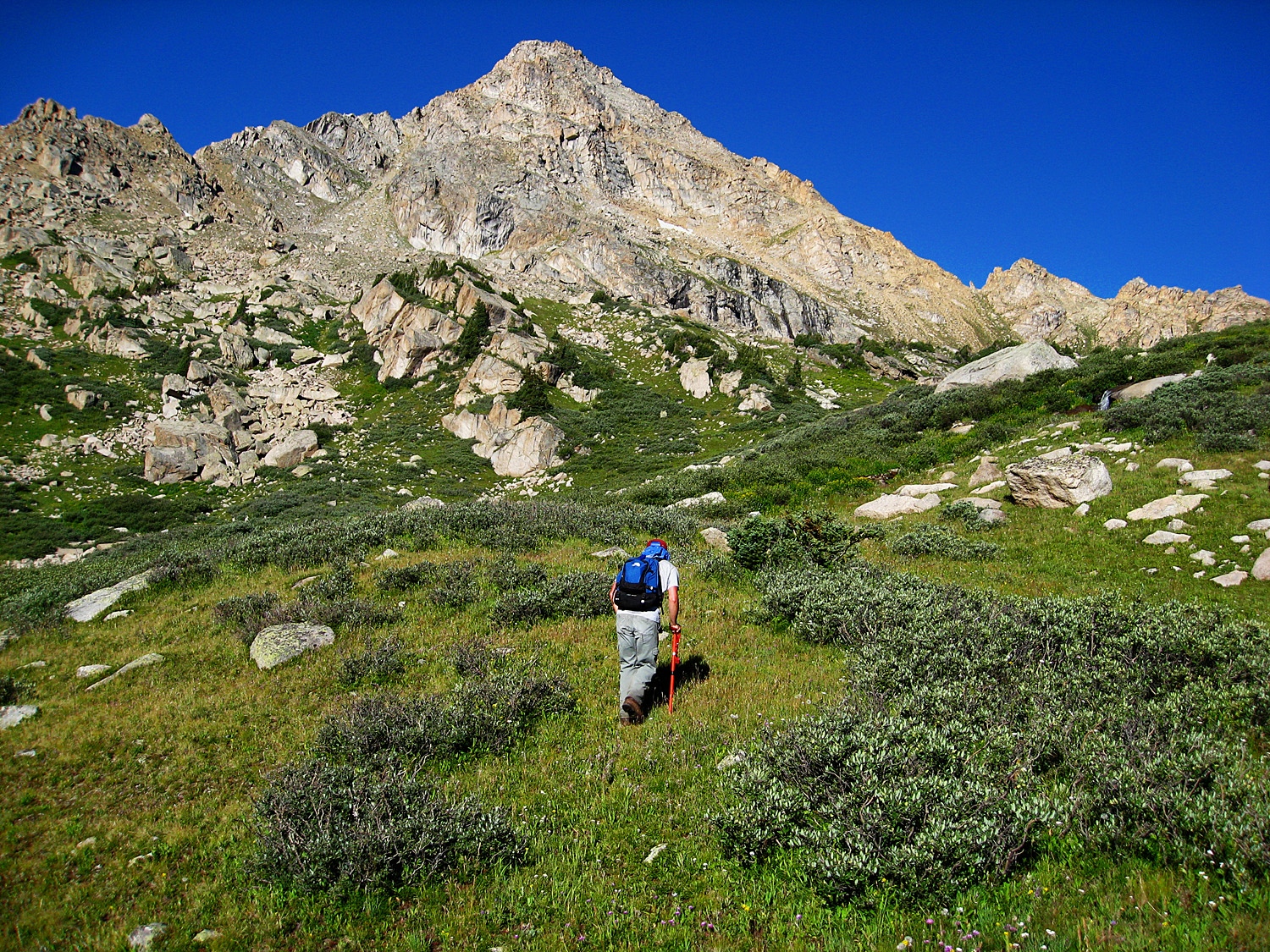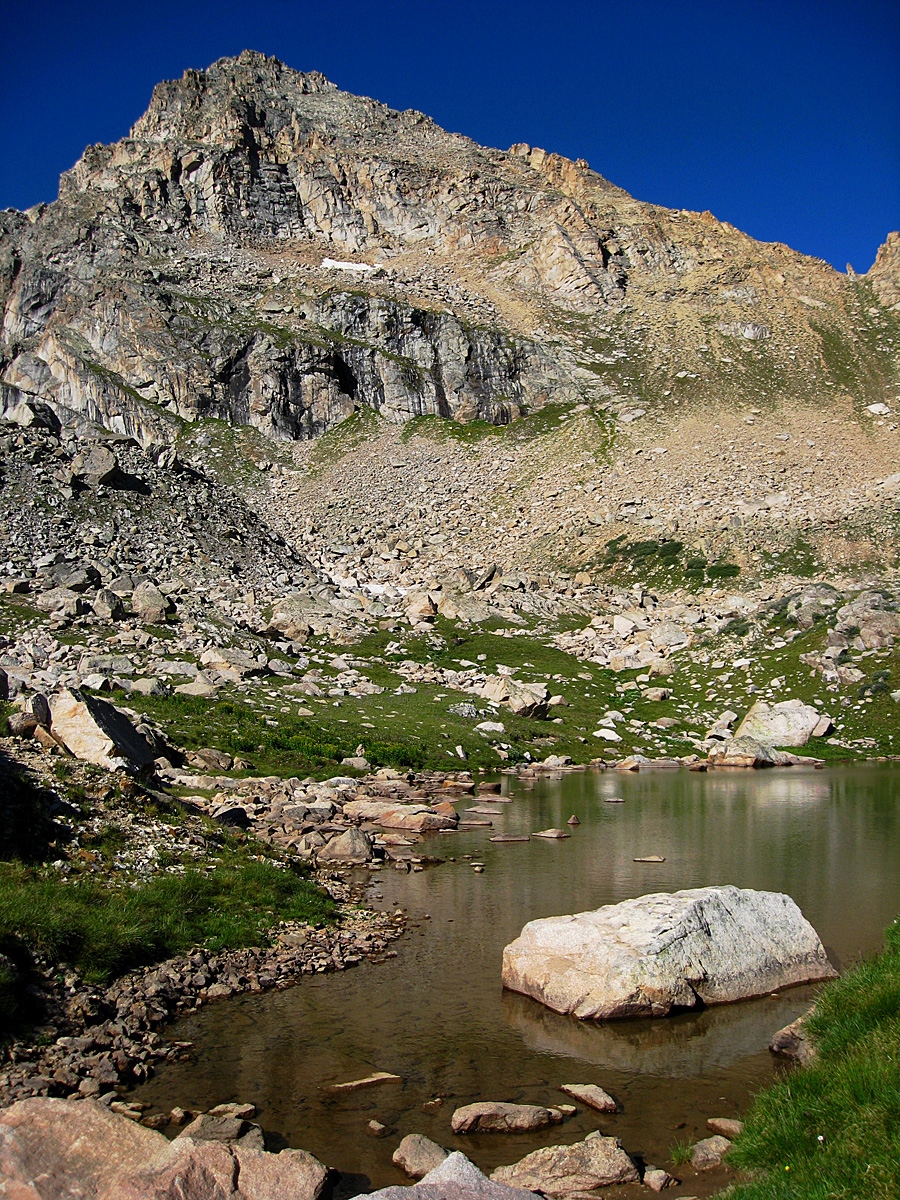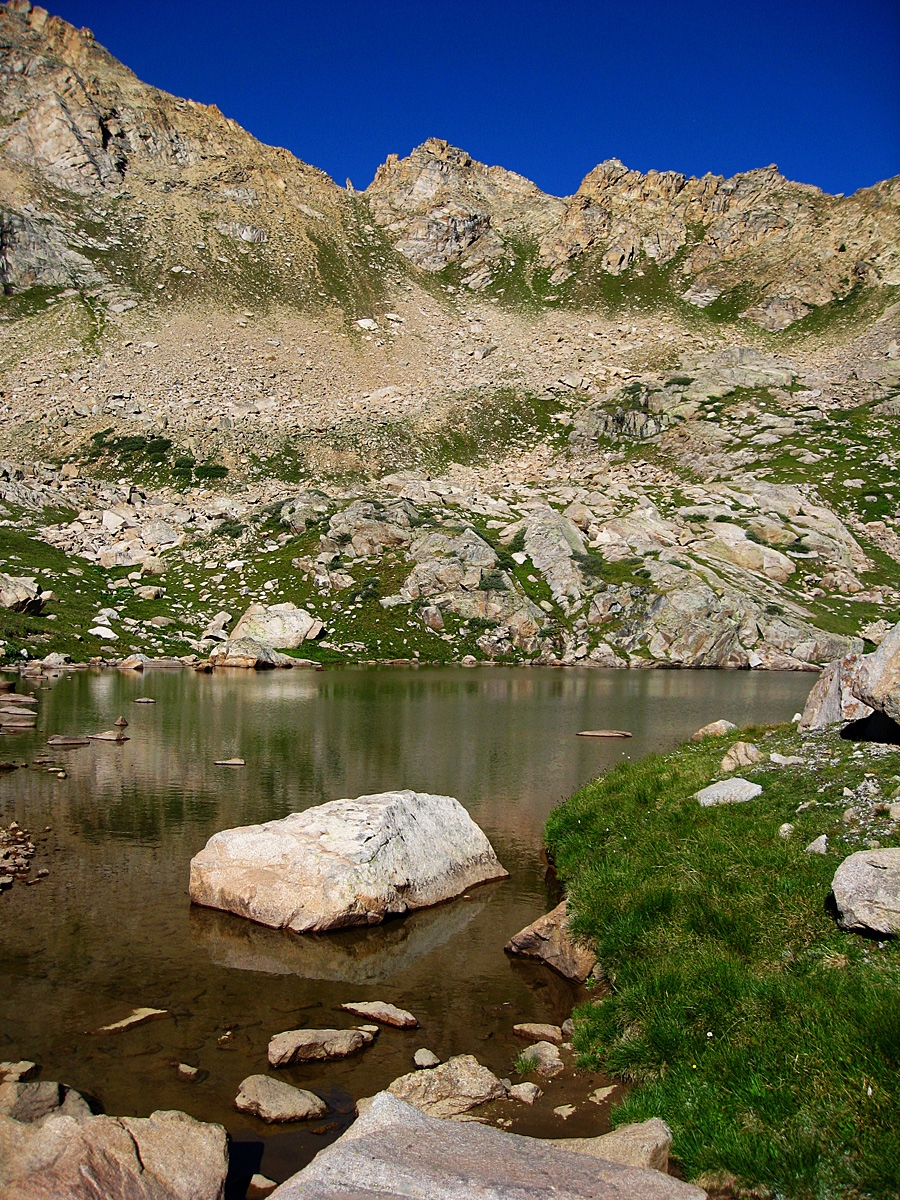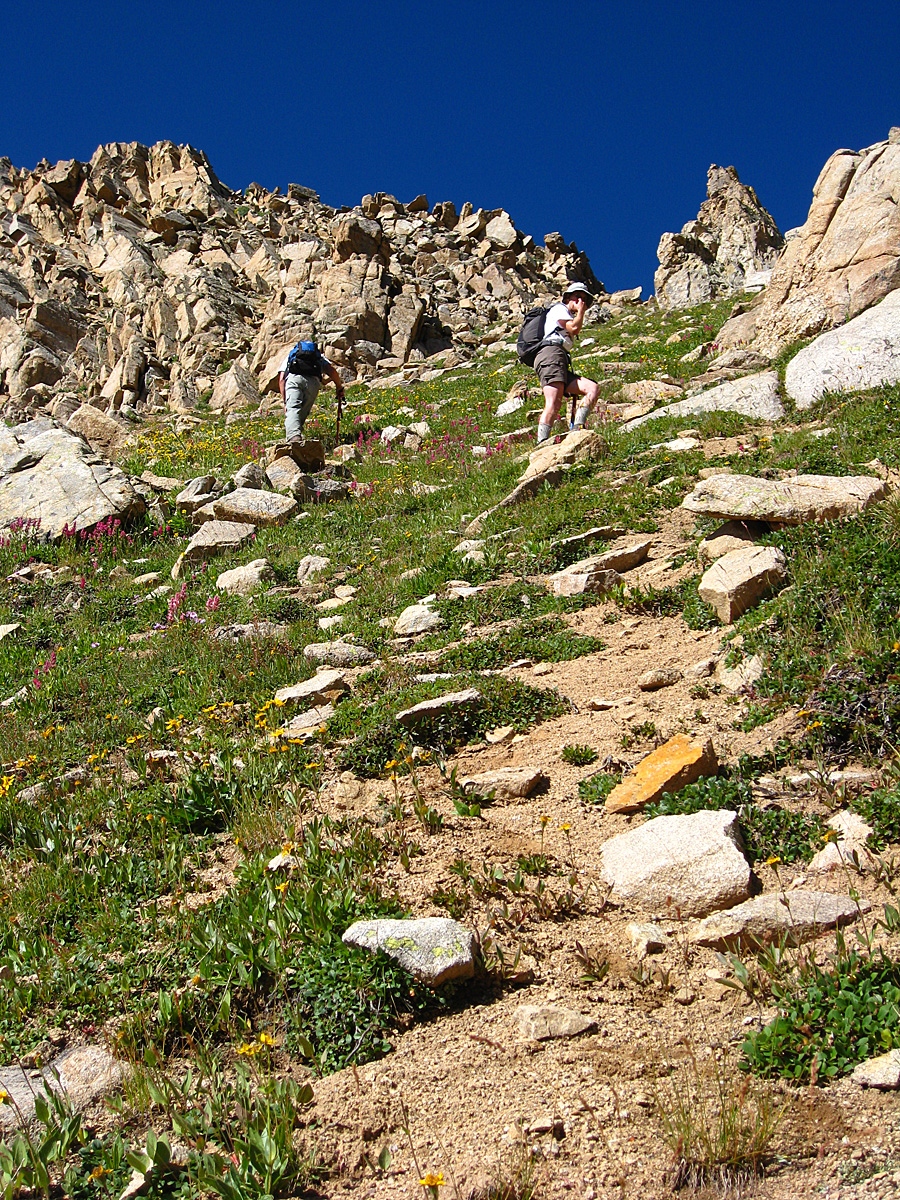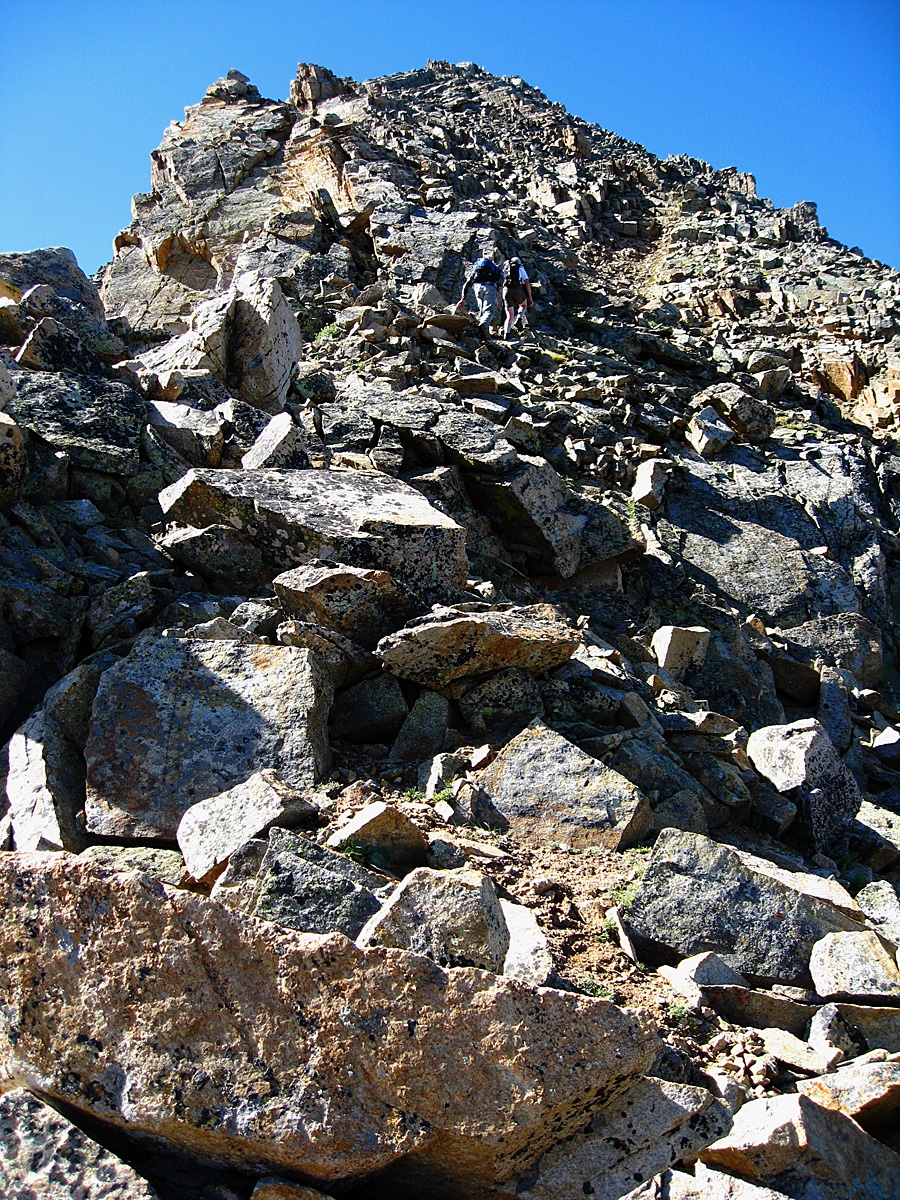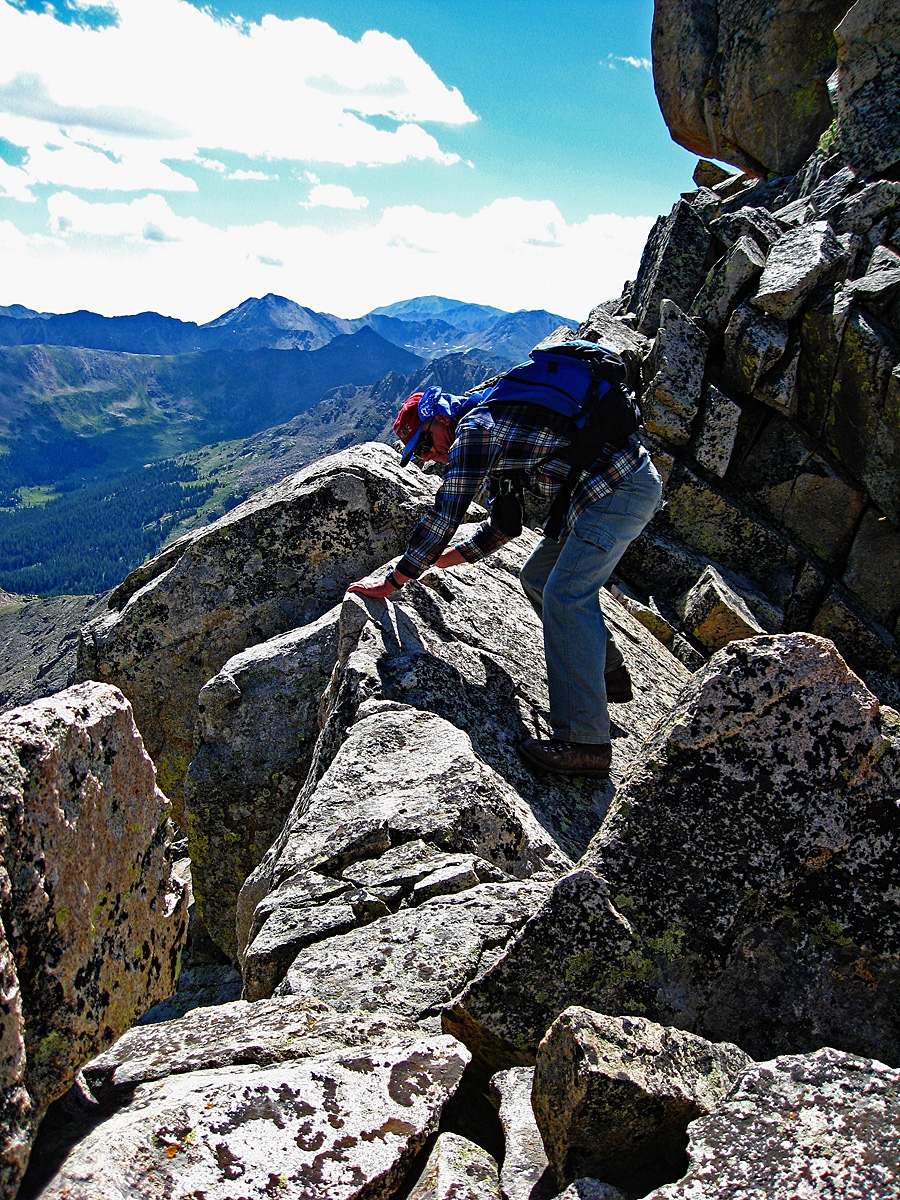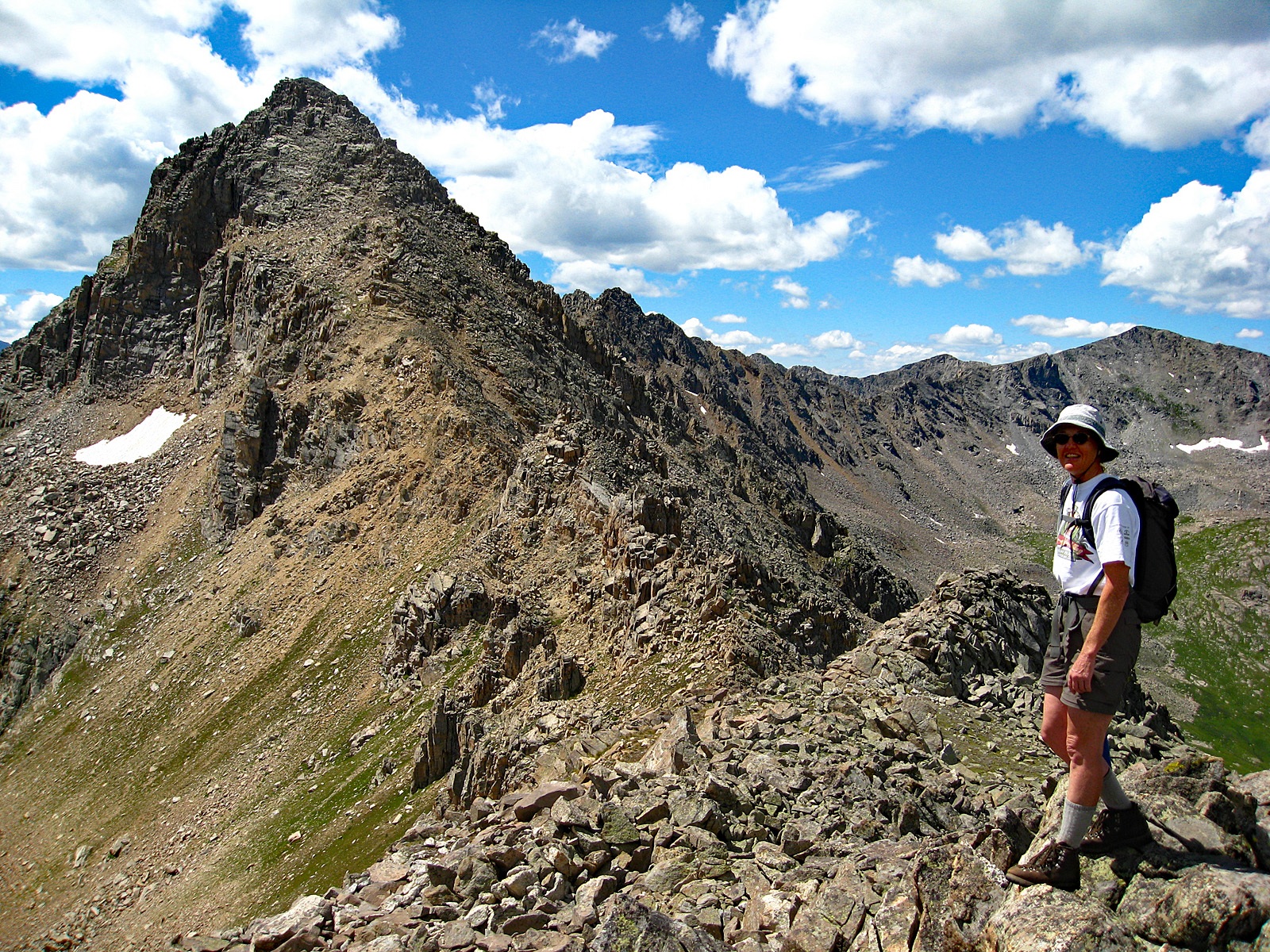LoJ: #329 (Pre-LiDAR #328) / 13,390' Williams Mountain
Range ›
Sawatch Range
Quadrangle ›
Mt. Champion
Summit Location ›
 N 39° 10' 50.11", W 106° 36' 36.45"
(Not Field Checked)
N 39° 10' 50.11", W 106° 36' 36.45"
(Not Field Checked)
Neighboring Peaks ›
 Williams Benchmark [Williams Mtn. South A]
Williams Benchmark [Williams Mtn. South A]
 UN 13139 [Williams Mtn. North]
UN 13139 [Williams Mtn. North]
 UN 13039 [Formerly UN 13033 Williams Mtn. South C]
UN 13039 [Formerly UN 13033 Williams Mtn. South C]
Peak Summary
Not to be confused with Williams Peak, Williams Mountain is the high point of the "Williams Mountains" sub-range in the Sawatch, on the west side of Independence Pass. The Lost Man trailhead is accessible by passenger car. Though it is possible to clean out all four, ranked, 13er summits in a long day, many may prefer to access this area by a short backpack of two or three days. Williams Mountain itself by the route we provide is a mostly Class 2+ with a smattering of some brief Class 3 scrambles along its north ridge. Lidar measurements added 8 feet of elevation.
Williams Mtn. North Ridge Route
Class 3
Backpack + Medium Day
Climbed with
UN 13139
RT From Lost Man Trailhead:
17.5 mi / 4,660'
RT From
South Fork Pass Camps
:
6.5 mi / 3,000'
From South Fork Pass Camps:
3.25 mi / 2,400' (One-Way)
Warning!
Climbing peaks can be dangerous! By using this site and the information contained herein, you're agreeing to use common sense, good judgement, and to not hold us liable nor sue us for any reason. Legal Notice & Terms of Use.
